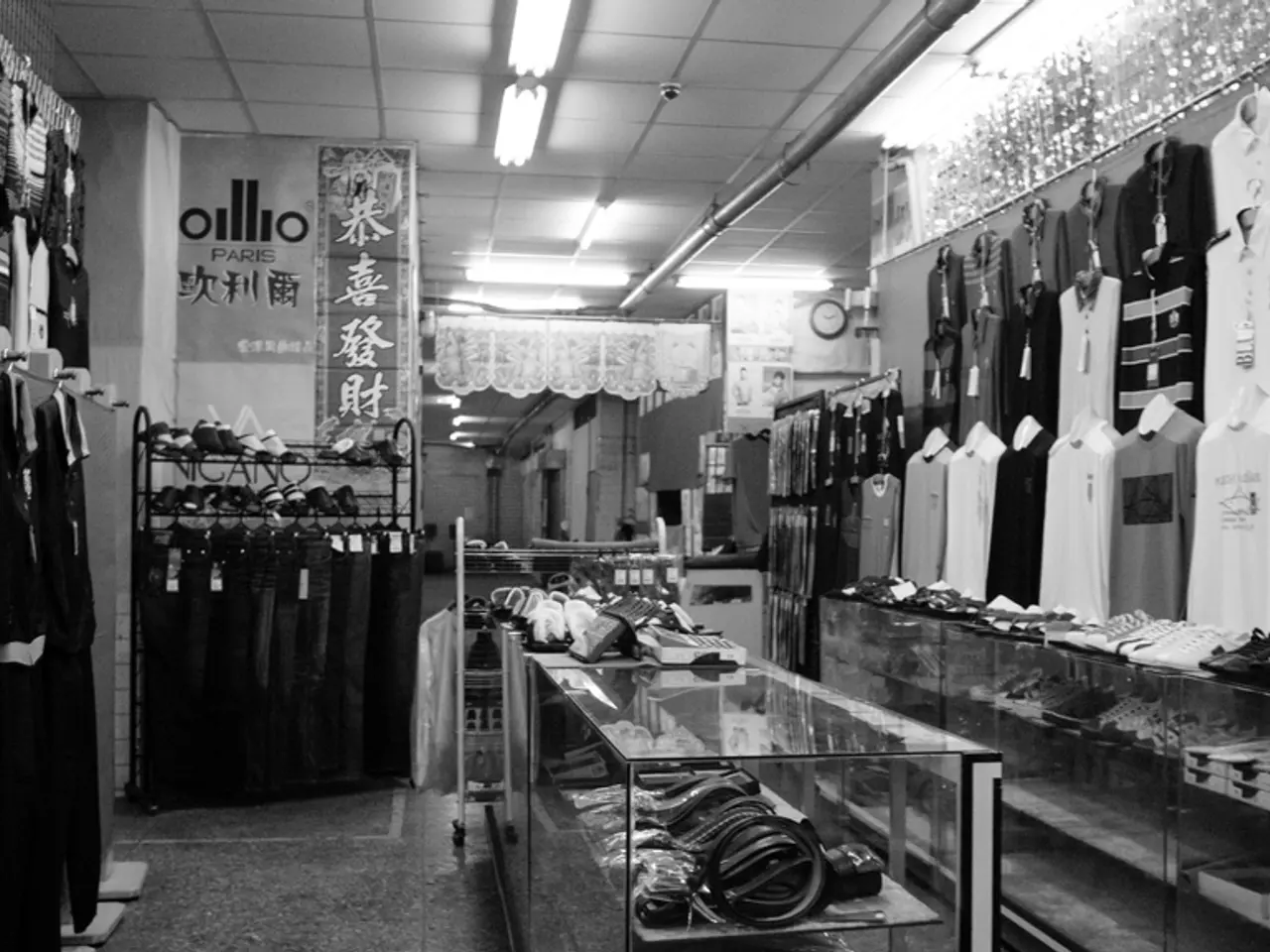Restyling Office Attire with a Personal Touch
Mastering the Art of Statement Pieces in Everyday Fashion
In the world of fashion, making a statement is key. But, striking the right balance between bold and understated is essential to ensure you look polished and put-together. Here's a guide on how to incorporate statement pieces into formal, semi-formal, and casual dress codes.
Formal Dress Code
When it comes to formal events, less is often more. Opt for one statement piece, such as a striking necklace or earrings, paired with a classic, well-tailored outfit like a gown or pant suit. Keep other accessories minimal and your clothing crisp and well-ironed to maintain elegance and sophistication. Avoid multiple bold accessories to prevent looking cluttered or sloppy.
Semi-Formal Dress Code
For semi-formal occasions, apply the 3-1-1 rule: three basic pieces (e.g., fitted tee, trousers), one bold statement piece, and one additional pop of color or texture. One statement accessory (necklace, earrings, or a bright bag) is enough; avoid over-accessorizing to keep the look polished. Elevate your outfit by choosing fabrics like cashmere blends or crepe for trousers or dresses.
Casual Dress Code
In casual settings, you have more room to experiment. Incorporate statement pieces by pairing bold items with neutral, simple staples like jeans, tees, blazers, or skirts in easy silhouettes. Use color cohesion—let your statement piece color coordinate with your outfit to avoid competition and maintain harmony. Casual wear allows more freedom, so statement boots or chunky jewelry can add personality while the rest of the outfit remains understated.
Office Wear
For office wear, you can add pops of color through accessories or statement pieces. Experiment with different textures and patterns by mixing and matching fabrics such as silk, tweed, and wool, and incorporating patterns like stripes, polka dots, or houndstooth. Incorporating pops of colour through accessories or statement pieces can create focal points. Office wear typically includes business suits, tailored trousers, blouses, shirts, and formal shoes.
Smart Casual Attire
Smart casual attire offers flexibility to express personal style while adhering to the expectations of different occasions. Pairing complementary colours can add depth and visual interest. Smart casual attire typically includes tailored separates, dress shirts or blouses, and footwear ranging from loafers to heels. Smart casual attire also allows for creative expression through accessories and layering.
Colour Psychology
Warm tones such as reds and oranges can add warmth to a look, while cool tones like blues and greens can create a calming effect. Incorporating these colours strategically can enhance your outfit and reflect your personal style.
In summary, restrict statement pieces to one per outfit and balance with clean, simple basics across all dress codes. Formal and semi-formal require more restraint and polish, while casual allows bolder, playful combinations with neutral supports for cohesion and ease.
In the realm of lifestyle, fashion-and-beauty enthusiasts can extend their sense of style to interior-design as well, by embracing statement pieces for their home-and-garden spaces. As in fashion, selecting a single eye-catching piece, such as a vibrant wall art or a plush, statement-making armchair, can elevate a room's ambiance while balancing with simple, classic staples for a harmonious, polished look. Additionally, understanding color psychology can help create the desired mood in a room, with warm tones bringing warmth and cool tones providing a calming effect, as they would in an outfit.




